I wanted to move my bars according to this particular order for the beetle number i.e., from 0 to 1-5 to 6-10 to 11-15 to Above 15. I also wanted to place Village first and the Municipality. The plots should also be arranged in terms of the age of the building. Under 5 years first, then 5-10 years followed by Above 10 years
ggplot(g,aes(x=Locality.Division))+
geom_bar(aes(fill=Number.of.Beetle),position="dodge")+
facet_wrap(~Building.Age)
#> Error in ggplot(g, aes(x = Locality.Division)): could not find function "ggplot"
Created on 2021-05-30 by the reprex package (v2.0.0)
